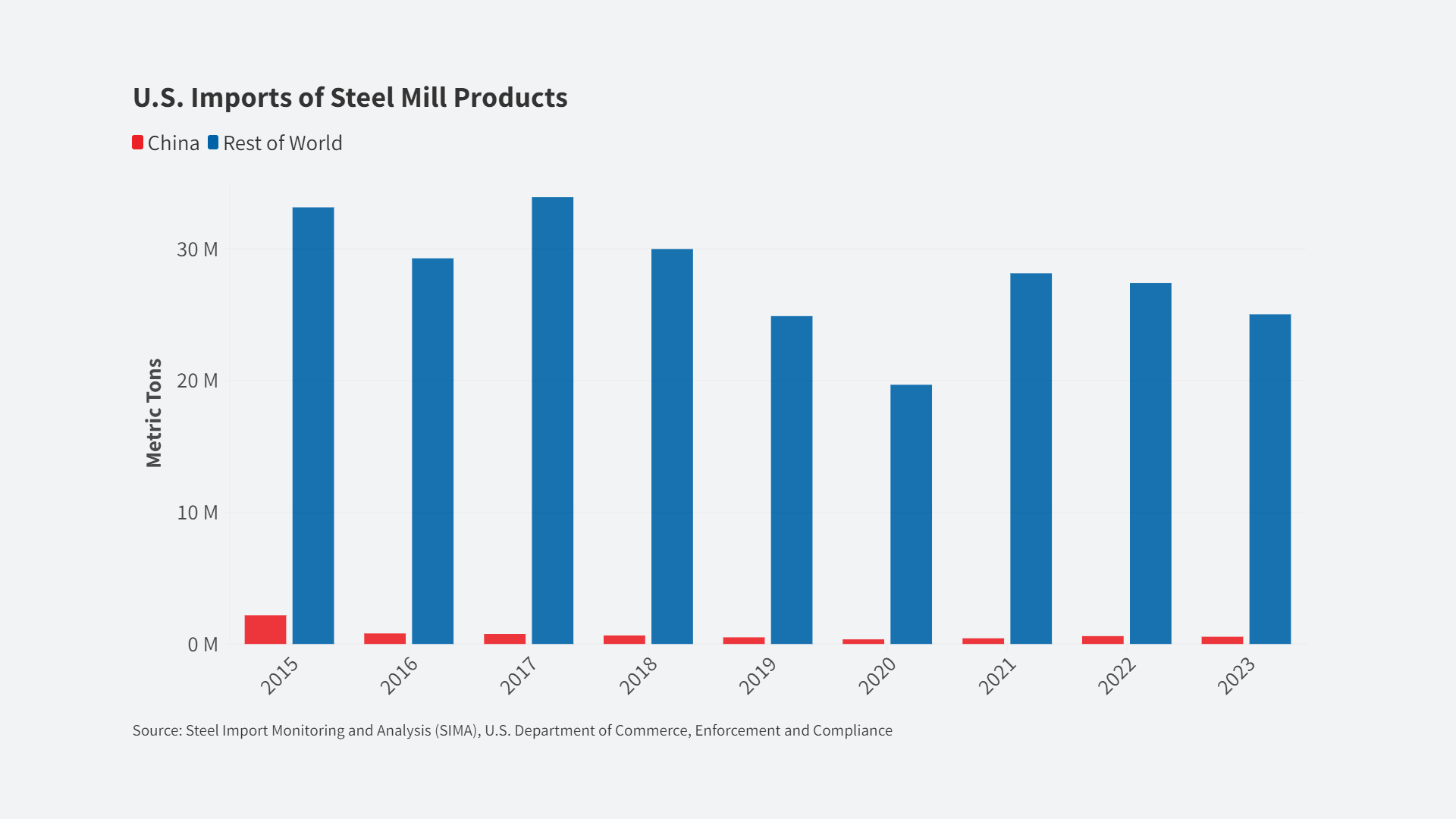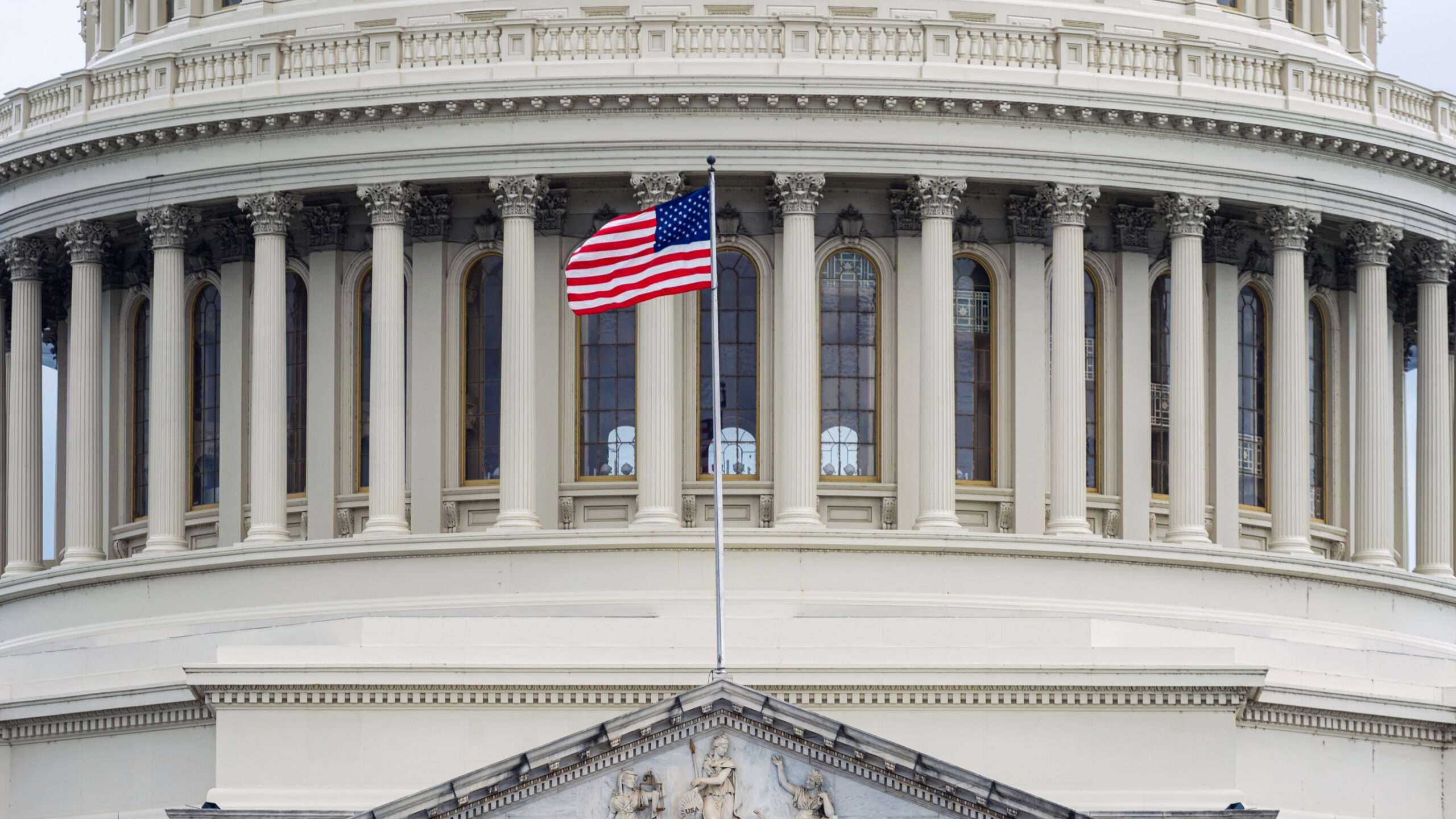Washington~ The Coalition for a Prosperous America (CPA) released a paper today with an improved methodology for calculating exchange rate misalignment and its connection to the US trade deficit, stagnation in wages and living standards, and slower economic growth. Authors Michael Stumo, Jeff Ferry and John R. Hansen (former World Bank economist) also discuss an innovative solution to the continuing problem of dollar overvaluation called the Market Access Charge (MAC).
“The US dollar is 25.5% overvalued,” said Michael Stumo, CEO of CPA. “This bloated dollar problem amounts to a 25.5% export tax which US businesses and workers must overcome to sell our goods and services competitively in global markets. Dollar overvaluation dramatically hampers President Trump’s ability to reduce the trade deficit, create good paying jobs and rebuild the middle class.”
The paper, entitled “The Threat of U.S. Dollar Overvaluation: How to Calculate True Exchange Rate Misalignment & How to Fix It,” reveals that the exchange rates of Japan, Germany, China and South Korea are significantly undervalued, subsidizing their exports and severely limiting US market access. Although strategic currency manipulation by China and others has ebbed recently, exchange rates have lost their link to trade balancing equilibrium pricing.

“CPA members who efficiently produce goods and services such as cattle, corn, machine tools or auto parts are priced out of domestic and international markets by dollar overvaluation,” continued Stumo. “Job growth stalls, wage stagnation continues and stock prices for US businesses are weighed down.”
The US dollar is the most seriously overvalued major currency in the world. The bloated dollar results largely from massive international capital inflows. While the Federal Reserve can influence the flow of domestic money and capital in our economy with the federal funds rate and other monetary tools, the US has no tool to moderate the supply of foreign capital.
“We propose a new capital flow management tool, called the Market Access Charge (MAC), to fill the gap so foreign capital cannot drive the dollar to excessive levels and frustrate efforts to restart our economy,” said Jeff Ferry, CPA Research Director. “The MAC would be a variable charge on foreign-domiciled investors buying dollar denominated assets. It would gradually and predictably nudge the dollar towards a trade balancing equilibrium price.”
The MAC, as proposed, would start as a 50 basis point charge on all foreign purchases of US financial assets. It would rise at six month intervals if the trade balance widens, and fall as the trade deficit narrows. When the trade deficit reaches a future balance, the MAC would fall to zero, but could reappear if the trade deficit also reappeared. The International Monetary Fund (IMF) has endorsed capital flow management tools like the MAC to enable governments to minimize the destabilizing effects of international capital flows. The MAC would not violate World Trade Organization rules.
“While CPA supports the Trump Administration’s efforts to increase trade law enforcement and re-evaluate trade agreements, reducing the persistent US trade deficit and global trade imbalances will be extraordinarily difficult until we solve the currency misalignment problem,” said Stumo. “President Ronald Reagan dramatically reduced the trade deficit with the Plaza Accord in 1985, which corrected currency misalignment during his term of office. If the MAC was enacted, it would be akin to a permanent Plaza Accord gradually eliminating US trade deficits and global imbalances for good.”
About CPA: The Coalition for a Prosperous America is the nation’s premier organization working on the intersection of trade, jobs, tax and economic growth. We represent the interests of 2.7 million households through our agricultural, manufacturing and labor members.













